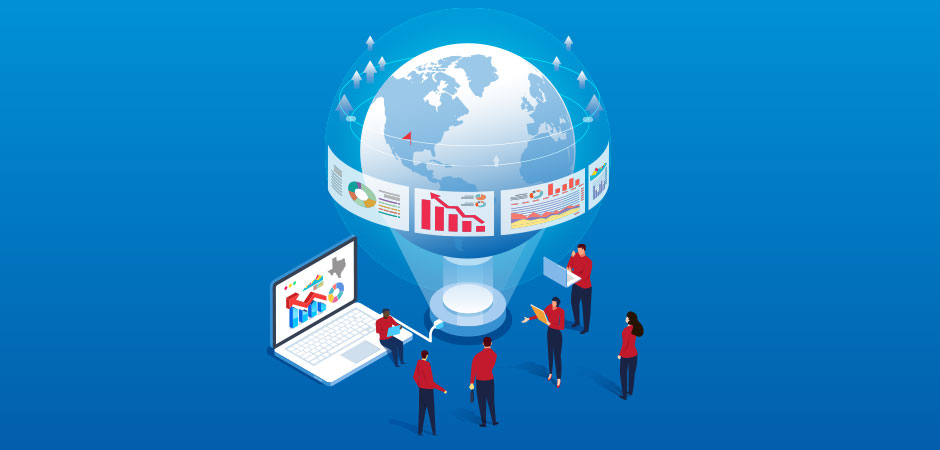In late March, I attended a Site Selectors Guild annual forum in Salt Lake City. The Guild consists of about 50 of the top site selectors in the U.S. and world. Many have successfully located projects in DFW with our help and the support of our economic development colleagues representing regional cities. We attend Site Selectors Guild forums to further those critical, project-yielding relationships. We’ll host this year’s fall forum in Plano in early September, and for the past several years, we’ve hosted consultants here individually and in small groups.
At the forum, site selectors populated a panel on the topic of “site selection in a box.” The availability of big data, coupled with user-friendly analytical and visualization tools, has transformed the way consultants examine states, regions, and cities before advising companies where to move or grow. It also has right-shifted the point of entry for state, regional, or community economic development teams into location projects led by consultants.
Just after attending the Guild, a site selector with a major real estate firm called to let me know that a client corporation was considering the Dallas region for a large corporate office, thousands of jobs, and hundreds of thousands of square feet, and would soon visit here with the client to share the project in detail and dig into important issues. There’s not much unusual about that call or request; the Dallas Regional Chamber has built relationships with this and other site selection firms over the years that bear this sort of fruit, and this year we’ve averaged more than one visit per week.
What was unusual about this project is that prior to that call, which was the DRC’s first touch, the consultant had already advised the search down to just two regions in the U.S., and within those regions had narrowed to a specific area, with the availability and cost of talent driving the analysis. Narrowing to two final locations often indicates a project has actually narrowed it all the way, with a second option to keep the top choice enthusiastic in pursuit. I can’t recall a site selection process for a project of this magnitude already so close to the goal line before state, regional, and local economic developers were engaged. It brought to mind the session at Site Selectors Guild and a trend we’ve seen coming for a while: There’s an app for everything, even site selection.
All the big data and analytical tools have not decreased or diminished in importance the work that happens between site selectors and economic development organizations like ours. It’s just different than before. The timelines are more compressed, energetic, and nearer the company’s decision point. Field visits to DFW seem to have actually increased in importance; trust big data, but verify.
When we host a field visit by a consultant and company, they’re here to step out of the box that brings them to us in the first place. They use us, and others we arrange for them to meet while here, to check their work. We and our allies have the local knowledge to fine tune, offer insight, tell a story, and relate the data. Over the years, the work of the DRC’s outstanding research team has become known and trusted among site selectors; they value the added depth of analysis we provide. Many times, when meeting with a consultant and client company together in our office, I’ve had the chance to present the region and tell the company executive that their consultant evaluated a particular topic exactly right, or tell a story illustrating our position to be even stronger than thought. That’s a subtle but important thing, as it builds confidence in the client company that their adviser has gotten it right; proving DFW’s inclusion as a finalist location or the ultimate selection is the smart move.
We have big data, too. A great example of that is our ability to develop a compound 360-degree diagram for any location in DFW that shows the direction and daily flow of inbound labor to that exact spot. The data is out there for anyone to find and use. It’s the storytelling aspect and relating the data to what’s on the ground here that is our value-add to the consultant and company and an important way we work hard to win projects for DFW.

